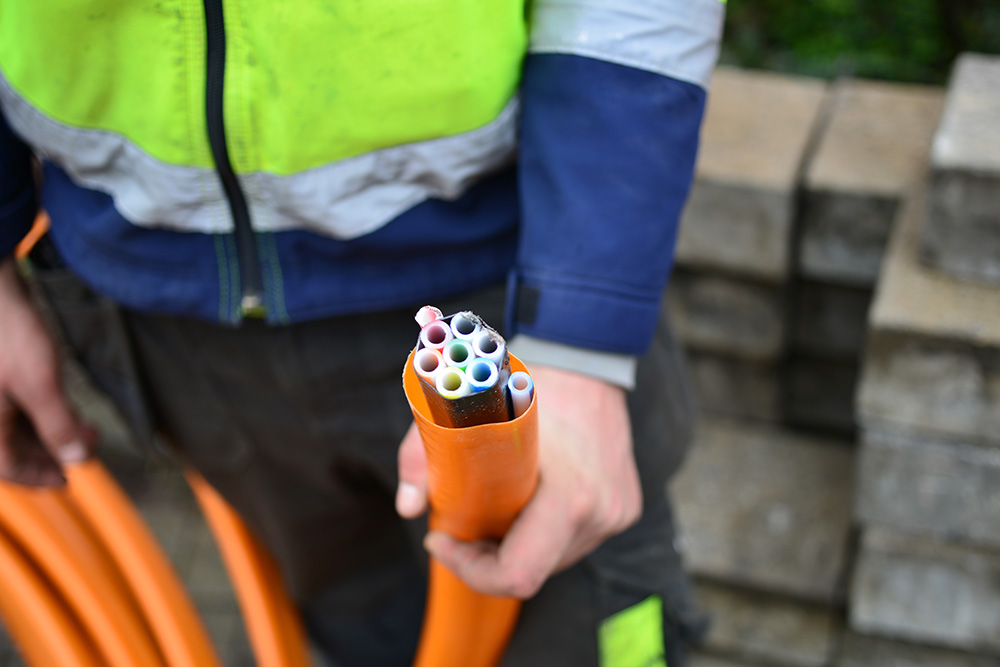Why UK supply chains are nearshoring in 2024
24 Jul 24
Read more →

In this week’s blog, we’ll explore some of the key obstacles faced during fibre deployment and discuss solutions for overcoming them.
A key concern with fibre-optic technology is the signal loss that occurs when data travels over long distances without amplification. In rural areas where infrastructure is sparse, this problem is particularly prevalent.
Signal boosters or repeaters are usually required to maintain the quality of data transmission – typically at intervals of 60 miles or less for high-speed connections. However, each booster is another point of potential failure, so it’s crucial to plan and execute these installations with precision.
Software that’s able to efficiently manage field inventory can help by providing engineers with a comprehensive view of the required equipment. This allows operations to prepare for complex tasks like installing repeaters or signal boosters, whilst minimising delays and reducing risks generated by poor planning.
The physical environment where fibre-optic cables are laid has a large impact in determining the complexity of the installation process. Rocky or uneven terrain, high water tables and unpredictable underground conditions can complicate the work – often requiring specialised drilling and trenching equipment. Existing infrastructure like water pipes and electrical lines must also be navigated with care to avoid damage and ensure safety.
To address these environmental challenges, pre-installation surveys are critical – these provide engineers with a clear understanding of the ground conditions and existing infrastructure. A robust inventory management solution can support this process by ensuring that the right tools and equipment are available as needed, reducing delays caused by logistical hiccups.

With a glass or plastic construction, fibre-optic cables are highly susceptible to damage from bends, twists or improper handling. It’s important to utilise skilled technicians readily equipped with the appropriate tools to avoid signal loss or degradation during installation.
These technical demands increase the overall cost and complexity of the deployment process – hence why it’s critical to have reliable software at your disposal to help mitigate these risks. A best-in-class digital platform can help streamline the workflow, thereby reducing the chances of errors and rework due to faulty installation.
An effective field asset management system can play a pivotal role in streamlining the inventory and logistics processes associated with fibre-optic deployment. By offering real-time tracking, distributed inventory management and efficient resource allocation, a suitable system can help engineers overcome many challenges of fibre installation.
TrackTrans provides a powerful Field Asset Management System that supports engineers by managing inventory, tracking items and ensuring that the right equipment is in the right place at the right time. Coupled with a field engineer mobile phone app for field engineers to commission and decommission equipment the full lifecycle is tracked, including reverse logistics. With TrackTrans, the complex process of deploying fibre-optic networks becomes more manageable, allowing engineers to focus on delivering high-quality, reliable connections to communities and businesses.
Try our free demo today to see how TrackTrans can streamline the process of fibre-optic deployment.
See how TrackTrans can be tailored to your business with no obligation. Simply complete the form and a member of our sales team will contact your directly.